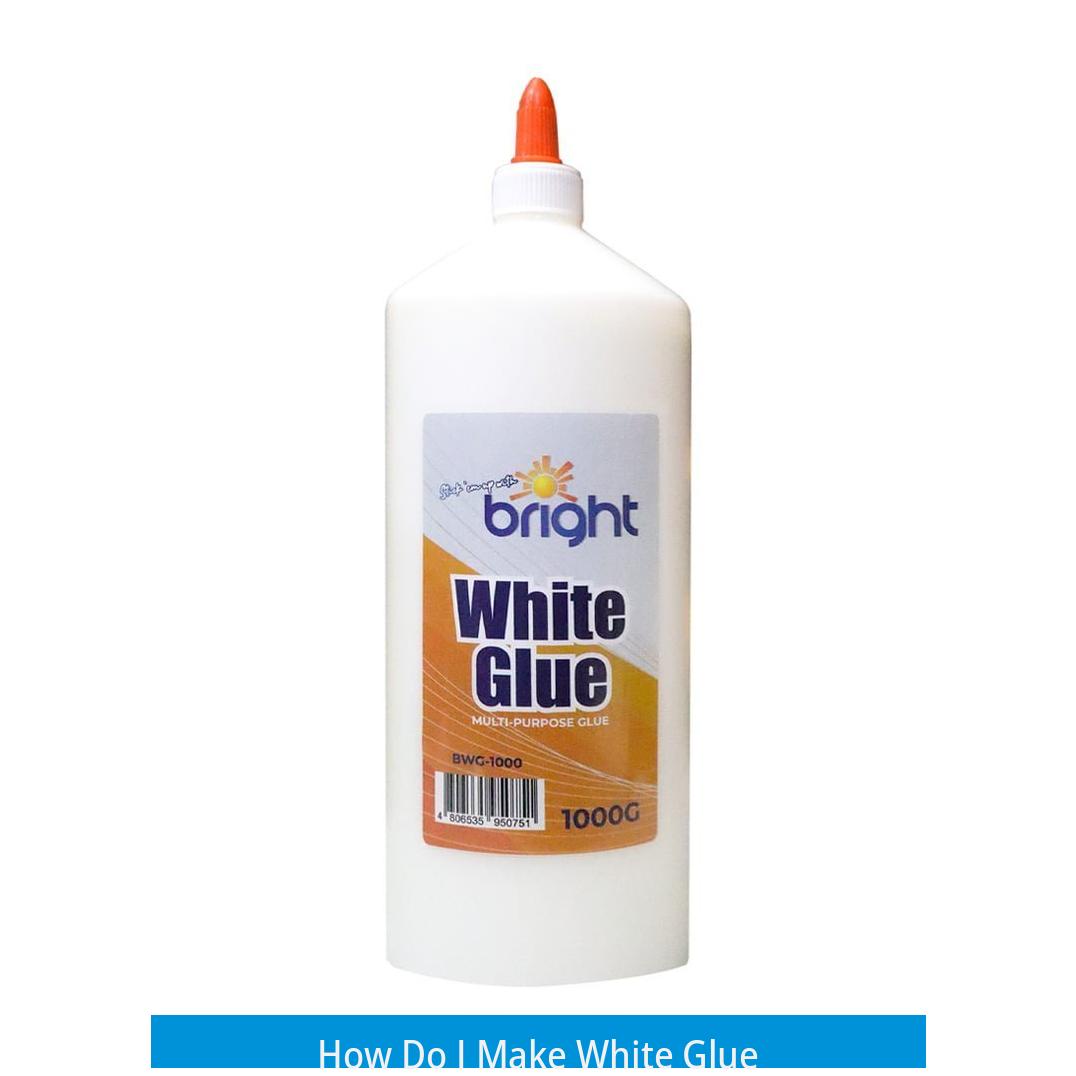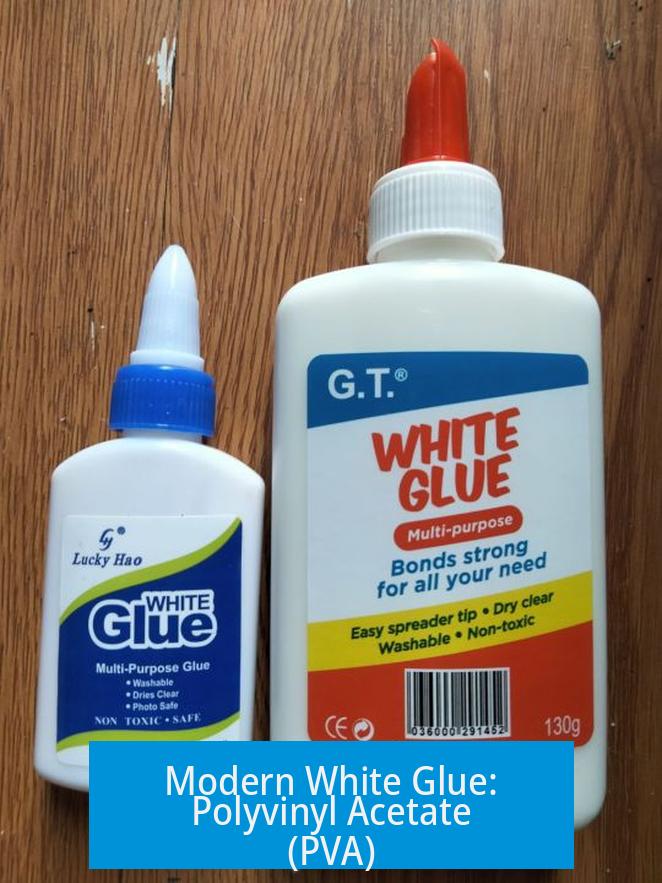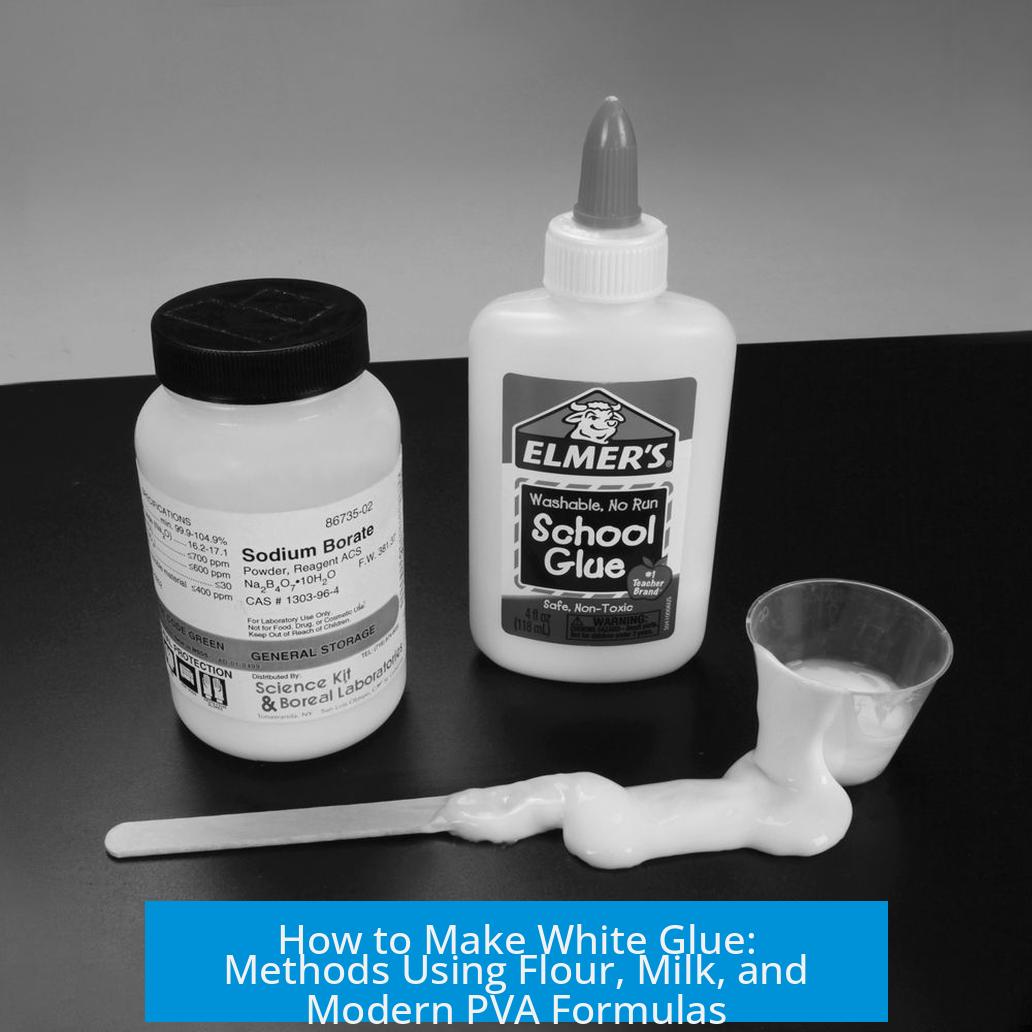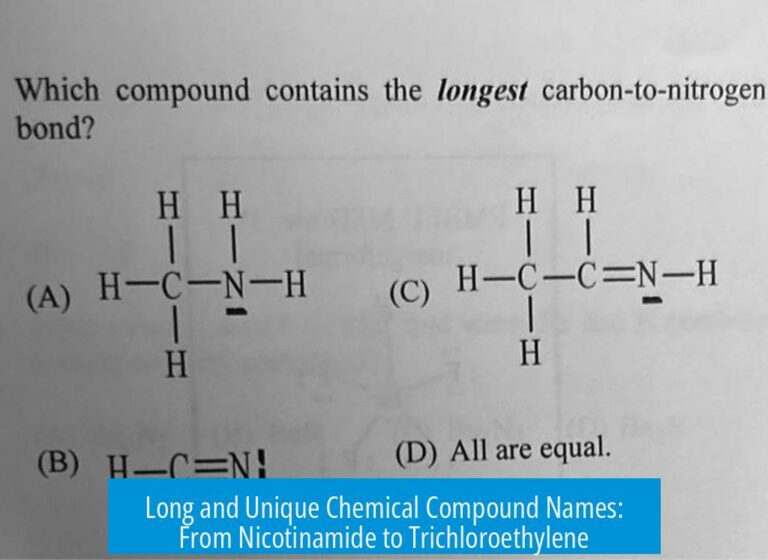How Do I Make White Glue?

To make white glue at home, one typically creates a flour paste by mixing flour and water, then cooking the mixture until it thickens and clears; alternatively, traditional casein glue can be made from milk by acidifying it to curdle, discarding the liquid, and dissolving the curds in an alkali solution.
Flour Paste Glue: A Simple Homemade Adhesive
This method involves preparing a thick flour paste and turning it into a glue suitable for paper crafts or wallpaper.
- Mix a thick paste of flour in cold water.
- Transfer the suspension into boiling water.
- Heat and stir continuously until the mixture thickens and turns clear.
- Allow the glue to cool before use.
Traditionally, preservatives such as mercuric chloride or strychnine were added to prevent mold and insect damage, especially when used on wallpaper. A pinch of titanium dioxide may be included, although its purpose is less clear.
Casein Glue: Historical White Glue from Milk
Before modern synthetic glues, white glue commonly originated from casein, a milk protein.
- Add acid (like vinegar or lemon juice) to milk to induce curdling.
- Separate the curds from the whey by discarding the liquid.
- Dissolve the curds in an alkaline solution (e.g., diluted baking soda) to form a glue.
This glue sets to a white, durable adhesive but is more labor-intensive and costly than commercial options. Milk and chemicals involved often exceed the cost of buying ready-made glue.
Modern White Glue: Polyvinyl Acetate (PVA)

Today’s typical white glue is PVA-based. It is a synthetic polymer not practical to produce at home due to the complexity of chemical synthesis and safety considerations. PVA glue is affordable, stable, and widely available.
Cost and Practicality
Buying commercial glue such as Elmer’s (around $12 per gallon) or generic brands offers convenience, cost efficiency, and long shelf life. Homemade flour-based glue may spoil quickly, attract pests, or require toxic preservatives. Casein glue demands more time and materials with no cost savings.
| Aspect | Flour Paste Glue | Casein Glue | Commercial PVA Glue |
|---|---|---|---|
| Cost | Low ingredients cost, but spoilage risk | Higher ingredient cost | Low price per volume |
| Shelf Life | Short, prone to mold | Better but unstable | Long and stable |
| Complexity | Simple cooking process | Requires acid-base steps | None (ready to use) |
| Use Cases | Paper crafts, wallpaper | Traditional woodworking | General-purpose adhesive |
Key Takeaways
- Homemade flour glue forms by cooking flour paste; it is basic but perishable.
- Casein glue involves milk curdling with acid, then alkaline redissolving; more complex and costly.
- Modern white glue is usually synthetic PVA; not practical to make at home.
- Commercial glues are inexpensive, reliable, and convenient compared to homemade.
- Homemade recipes may require preservatives to avoid spoilage and pests.
How do I make traditional white glue using flour?
Mix a thick paste of flour in cold water. Stir this into boiling water. Heat and stir until the mixture thickens and turns clear. Let it cool before using.
Can I make modern PVA white glue at home?
No, PVA glue is a synthetic product not made from scratch at home. It is commercially produced and not feasible to replicate in a simple kitchen setup.
What is casein glue and how is it made?
Casein glue comes from milk. To make it, add acid to milk to make it curdle. Drain off the liquid part, then dissolve the curds in an alkaline solution to get glue.
Is homemade flour-based glue practical for long-term use?
No, flour glue tends to rot and attract pests like insects. It may require toxic additives for preservation, which makes it less practical compared to store-bought glue.
Will making white glue at home save me money?
Making your own glue usually costs more in ingredients and time. Commercial glue is cheap and reliable, so homemade glue is not cost-effective.





Leave a Comment